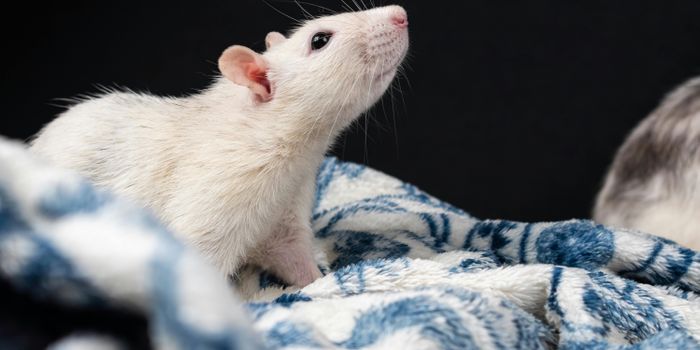Alzheimer’s disease is the sixth leading cause of death in the United States. Currently 1 in 3 senior citizens (over the age of 65) will die dealing with the disease and its effects on memory and cognition, if not from the disease directly. It’s estimated that 5 million Americans have it presently and rates are increasing each year. With such large numbers of people affected, both patients and their caregivers and families, naturally research into the causes and possible treatments are at the forefront of neuroscience studies. Scientists at the Gladstone Institutes have recently discovered how the major genetic risk factor for Alzheimer’s disease causes memory impairment.

Memory in the human brain is much like the playback of a movie or television show. The brain recalls the memory as if watching it again, and a person remembers a skill or event. When this process is disrupted, as it is in Alzhiemer’s disease, not only is it difficult to recall things, but the brain also has trouble forming new memories.
A specific gene related to this function, the apoE4 gene, creates a protein of the same name that markedly increases a person’s risk for Alzheimer’s disease and occurs in 65%–80% of people with Alzheimer’s disease. There are three different types of the APOE gene, called alleles. The apoE4 allele, present in about 20% of the population, increases the risk for Alzheimer’s. apoE4 alleles are the greatest genetic risk factor for late-onset Alzheimer’s. However, this doesn’t mean that those with the apoE4 protein will absolutely get Alzheimer’s disease. Many people develop Alzheimer’s who don’t have an apoE4 allele. It does, however, increase your risk for developing the disease as well as lower the age of potential disease onset.
The new research at Gladstone has found more information on how the apoE4 protein works in patients with Alzheimer’s. The protein changes the activity of neurons in the hippocampus, which is an important memory center in the brain that is severely affected by Alzheimer’s disease. In this region, apoE4 decreases two types of brain activity that are important for memory formation: sharp wave ripples and coincident slow gamma activity. During the ripples, prior experiences are replayed numerous times to help preserve the memory of them, and the slow gamma activity that occurs during the ripples helps to ensure that the replay of those memories is accurate.
First author Anna Gillespie, PhD, a former graduate student in the Huang lab at Gladstone said in a press release, “When we experience something new, cells in the hippocampus fire in a particular order. Later, these same cells fire over and over again in the same order to replay the event, which helps consolidate the memory so we don’t forget it. Slow gamma activity that occurs during the ripples organizes the firing of these cells. If this activity is disrupted, the playback will be disorganized, compromising the memory.”
Researchers used lab mice and looked at the differences in those with apoE4 and those with normal apoE3. Mice with apoE4 had fewer ripples than mice with the normal apoE3 protein, and they had less slow gamma activity during the ripples and it was these differences that pointed to the coordination of cell firing during memory playback as a key player in developing Alzheimer’s disease. The team hopes that understanding the mechanism of these proteins will lead to better treatments for the disease. Take a look at the video below to hear more about the research.
Sources:
Gladstone Institute,
Alzheimer's Association









